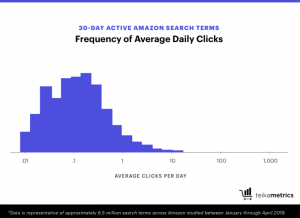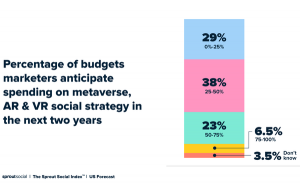The focus on digital transformation has never been greater. Even the companies that thought they could rely on legacy systems are now planning to go digital because of the disruptions that have been caused by the ongoing coronavirus pandemic.
Organizations are trying to make sure their business strategies are supported by the right technologies, and digital maturity isn’t stopping them from making important business decisions.
According to a Gartner report, companies with digital transformation initiatives will grow by 22 percent by the end of 2020 and by almost 50 percent in the next four years.
While it is clear that digital transformation is now inevitable for organizations, the big question is who should lead the digital transformation initiative? CEO, CIO, COO, or someone else?
Many organizations have created a new C-level role called Chief Digital Officer (CDO), who takes the responsibility of everything digital. The enthusiasm should definitely be commended, but do we really need a separate figure just to drive digital leadership?
Aren’t CIO’s supposed to be responsible for thinking of the best way to use technology and information within the company to drive higher revenue and open up new markets?
In theory — yes, absolutely.
But in reality, not all CIOs have the experience or time to solely focus on digital transformation initiatives.
A CDO appointment to drive the company’s digital transformation efforts is a wise move if you are serious about digital transformation.
Who is a Chief Digital Officer?
A Chief Digital Officer (CDO) is a C-level executive in the company whose main responsibility is to drive strategic digital growth in the company and transform internal business processes into streamlined workflows with the smart use of technologies, tools, and platforms.
The broad responsibilities of a chief digital officer include:
- Developing and implementing a clearly defined digital strategy for the company’s future.
- Serving as an intermediary between all the executives of the company in order to roll out digital capabilities and initiatives.
- Working with teams across the company to create innovative solutions for business processes, products, services, marketing channels, and customer experiences.
- Managing data governance and related policies.
- Monitoring and reporting KPIs for digital ROI digital projects and investments.
- Working closely with the HR team to attract and retain top digital talent in order to improve digital capabilities across the organization.
While a Chief Information Officer (CIO) oversees the company’s entire IT infrastructure with the aim to improve overall operational efficiency, a CDO is specifically responsible for implementing initiatives for digital transformation and strategic innovation.
In simpler words, a CIO is responsible for managing continuity, whereas a CDO is responsible for managing change within the company.
Over 50 percent of organizations with CDOs and 40 percent of organizations with an acting CDO reported having a clear digital strategy, whereas only 21 percent of organizations without a CDO were able to achieve that. In fact, companies that are the most successful with digital transformation employ both CDO and CIO to work together in order to leverage the latest technology.
Who should the CDO report to?
The correct answer to this question is highly subjective and isn’t that obvious.
In some organizations where the role of CDO is newly added, the CDO reports directly to the CTO or the CIO. But many organizations found that this structure didn’t work for them because of the friction between the two leaders or other coordination issues.
It is important to remember that a company decides to hire a new CDO only when the CIO or CTO isn’t equipped to carry out such a major transformation within the company. While they may know how to maintain continuity for the current business processes and technology, they might not know how to digitally transform the company in a successful manner.
As a result, in some companies, CIO reports to the CDO, and the CDO, in turn, reports to the CEO. The order of reporting will depend on your organization’s digital transformation requirements, end goals, and the technical expertise of the CIO, CTO, and CDO.
In many big companies, especially the ones that exist in consumer-facing industries, the CDO starts as an extension of the traditional marketing operations, answering directly to the CMO and only being responsible for the new digital marketing activities including social media, digital customer experience, and mobile apps. The role of CDO is slowly widened as the company expands its digitization efforts across the different departments.
The need for digital leadership
Digital isn’t merely a thing or the latest trend that you can experiment with. It is a new way of doing things and it is here to stay. Many companies end up being more focused on developing a digital strategy from scratch instead of finding the best ways to integrate digital into all the existing aspects of their business — which is exactly why there is a need for digital leadership.
CDOs can work closely with CEOs, CIOs, CFOs, and other department heads to establish a digital strategy that aligns with the company’s needs and challenges, and creates a more agile, productive, and efficient work environment within the organization.
Business & Finance Articles on Business 2 Community
(56)









